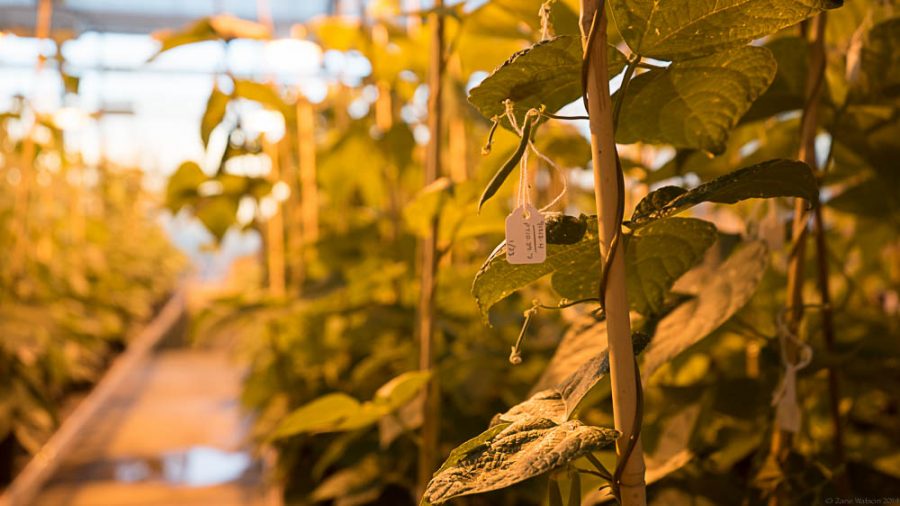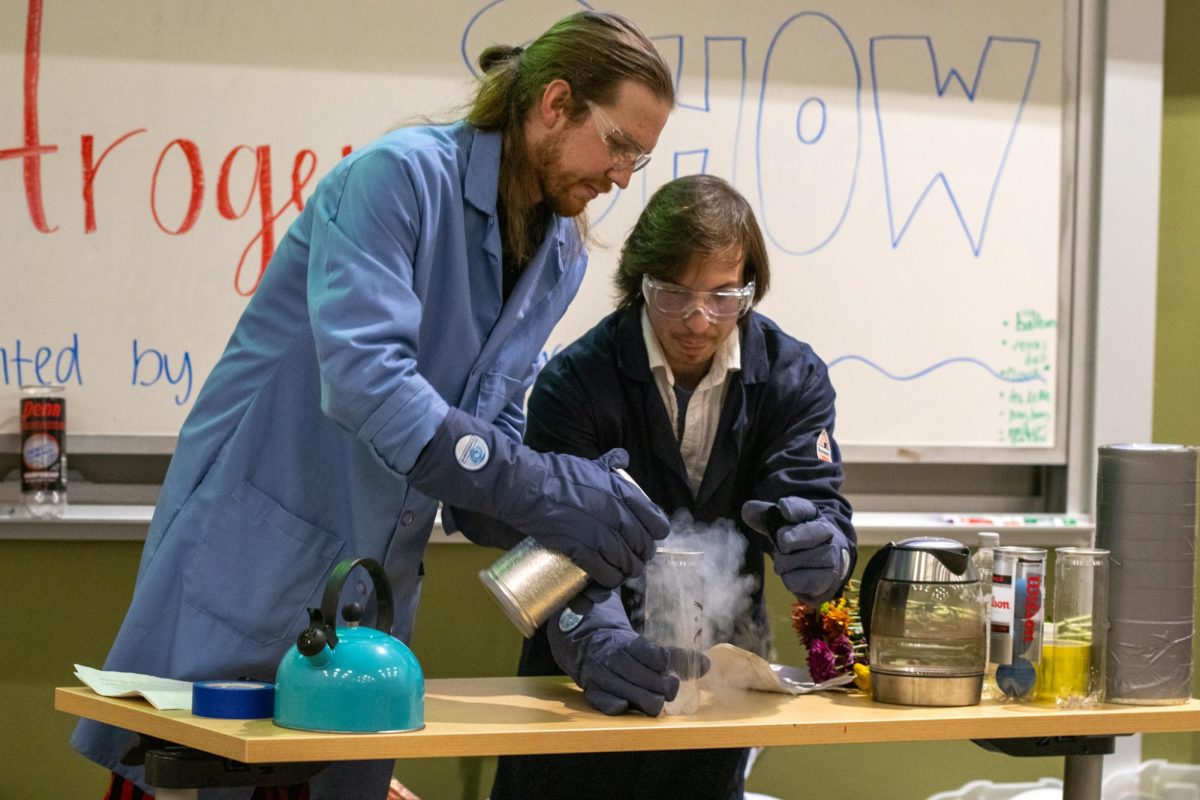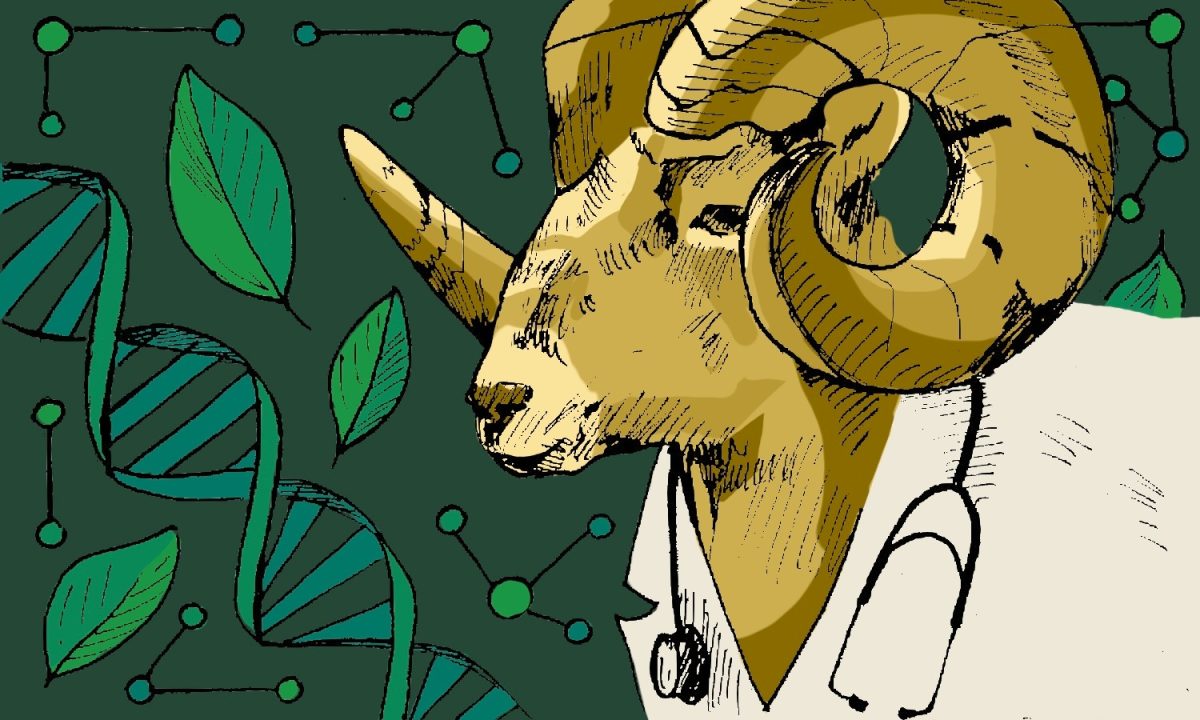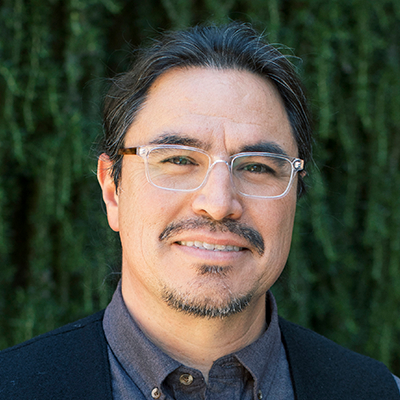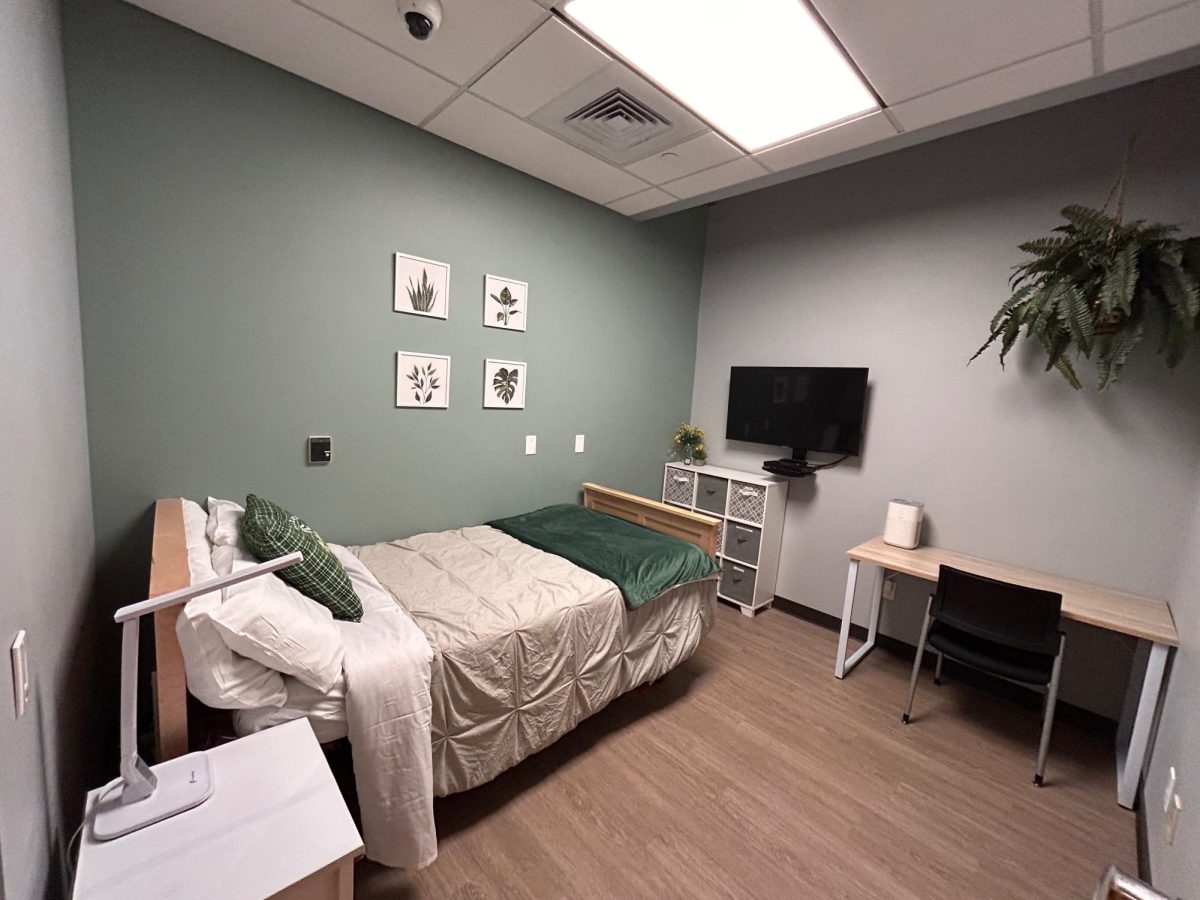Colorado State University has always been connected to the wonders of the natural world. Founded in 1870 as Colorado Agricultural College, CSU has a rich history of connecting with outdoor spaces. Over a century later, the university has distinguished itself as a top research institution and continues to lead scientific innovation.
The CSU System is home to scientific research labs focused on a range of scientific disciplines. Though there are a great number of laboratories and research centers connected to the wider CSU System, here are seven research labs highlighting different elements of the great outdoors.
1. The Mola Lab
Part of the forest and rangeland stewardship department in the Warner College of Natural Resources, The Mola Lab researches plant and insect interactions. Though bees are the most common organisms studied in the lab, research there also focuses on conservation, forest and fire ecology and other pollinators. Created in 2022, The Mola Lab is relatively new to campus, but the scientific research being conducted on pollinators and the environment addresses important topics in environmental science.
2. Panacea Life Sciences Cannabinoid Research Center
CSU’s premier cannabinoid research facility is a state-of-the-art laboratory located within the Chemistry Research Building on CSU’s Fort Collins campus. The lab was built as part of a partnership between the College of Natural Sciences and Panacea Life Sciences, a local cannabinoid manufacturing company. The facility conducts a wide range of cannabinoid research, including analytical studies, pesticide and solvent testing and other relevant research.
3. Plant Growth Facilities
One of many research centers in the College of Agricultural Sciences, the Plant Growth Facilities consist of research greenhouses, growth and biocontainment chambers, teaching facilities and a conservatory. The facilities host a variety of plant research, including plant breeding and genetics programs, invasive weed studies and crop sciences. The facilities also provide public resources and education.
4. Edward M. Warner Spatial Analysis Lab
One of many research laboratories within the WCNR, the Edward M. Warner Spatial Analysis Lab is a geoscience facility featuring advanced spatial analysis technology. The lab allows for expansive research within the field of geosciences through the use of structural analysis software, geochemical modeling programs, seismic surface wave measurement and more geological technologies. The lab provides students and faculty alike with valuable research capabilities that can address many current geological disciplines.
5. Colorado Water Center
Established in 1964, the Colorado Water Center is one of the country’s premier water research institutes. The CoWC is part of CSU’s greater impact in groundbreaking research, notably including the first watershed sciences degree program in the country. The CoWC conducts interdisciplinary research across many water-related topics such as irrigation, groundwater, water resources management and sustainability.
6. CSU Mountain Campus
Located just over 50 miles west of CSU’s main campus in Fort Collins, the Mountain Campus houses several educational programs and laboratories. Research in multiple fields of study is conducted at the Mountain Campus, which is also home to environmental data collection via weather stations, groundwater monitoring wells, stream monitoring equipment, a precipitation gauge and a seismic activity monitoring station. The campus operates as a research field station, allowing students to gain hands-on experience in scientific research and fieldwork.
7. Cooperative Institute of Research in the Atmosphere
Located at the CSU Foothills Campus just a few miles west of the main Fort Collins campus, the Cooperative Institute of Research in the Atmosphere is an atmospheric research facility run as part of a cooperation between the Walter Scott, Jr. College of Engineering, the National Oceanic and Atmospheric Administration and the National Environmental Satellite, Data and Information Service. Research at CIRA includes satellite algorithm development, climate-weather processes, tropical storm research and more.
While impressive on its own, this list is in no way a complete overview of the scientific research facilities within the CSU System. The university produces high-quality research across a variety of subjects and has significant impacts across the world through scientific study.
Reach Hannah Parcells at science@collegian.com or on Twitter @hannahparcells.


